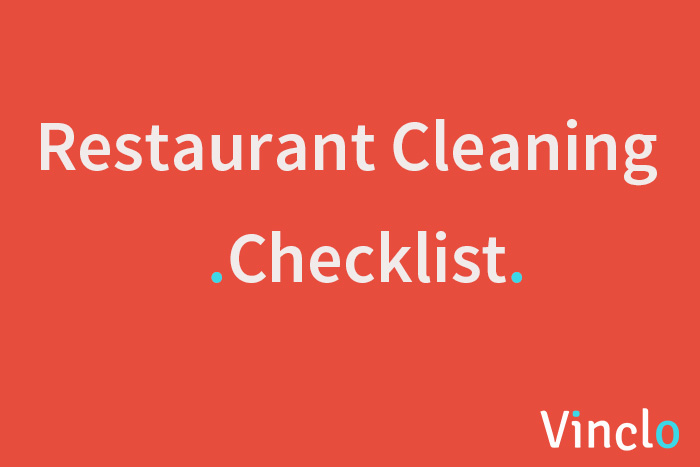Restaurant Closing Checklist: Security - Food & Kitchen - Cleaning and More

One of the most important issues in restaurant management is the opening and closing checklist for our restaurant. The restaurant closing checklist makes it easy for us to get started on a new day, and also allows us to continue our work successfully.
You can make your closing checklists manually or with automation systems ( eg. POS System ). Today, many restaurants do follow the closing checklists with automation systems. In our advice, of course, these things will be done with the help of a software. This type of system will make your job easier and also increase your productivity.
Let’s briefly list the checklist we will do before closing our restaurant.
Security Check
- Close all doors and lock them.
- Open the restaurant’s alarm.
- Check all the ovens in the kitchen for gas control and gas leakage.
- Lock the cash register.
- Turn off all electronics. Turn off all the unnecessary lighting lights.
- Check all windows and close them.
Food & Kitchen Check
- Check the foods that have passed the expiration date.
- Check the covers of all refrigerators.
- Put into the fridge all food and drinks.
Cleaning Control
- Clean all floors with a mop.
- Clean all the tables and chairs.
- Wash all the dishes.
- In-depth cleaning and disinfection to toilet and bathrooms.
- Complete the toiletries with reduced or finished cleaning supplies.
- Wash the tablecloths.
- Wipe all the walls.
- Empty all trash.
Other Controls
- Check broken plates and glasses and remove them from the stock list.
- Count inventory.
- Check your wishes and complaint boxes.
- Turn off all electronic devices (music system, etc.).
- Check your daily sales reports.
- Check whether the employees perform their daily tasks.
The implementation of such lists and controls is always crucial to reducing and leading to human error.
These controls appear to be small, and these applications are actually implementations that can have a very high economic impact.
These controls seem small, but these checklists are very useful.
For example: Let’s say we do not have any restaurant closing checklist, but we are locking the door of our restaurant every day. If we do not do our work with this kind of checklist, one day and we may forget to lock the door of our restaurant. In such a case it can leave us in a very difficult situation.
Again, this kind of work will give us a plus point to do checklists with automation systems. Software-assisted checks allow us to review our work backwards. These activities allow us to improve our management skills.
You can share your opinions with us in the comments section.

